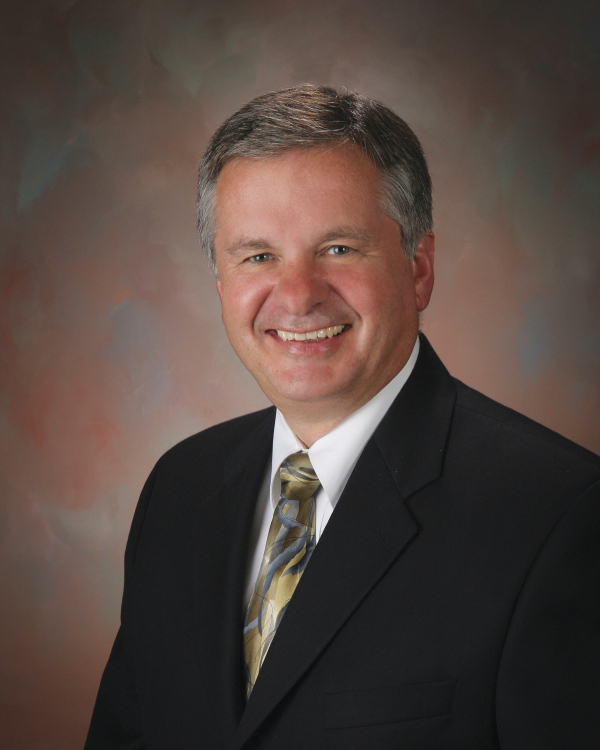Recently many journal articles and presentations have discussed how important it is under the Affordable Care Act to "get together" with physicians. However, those doing the espousing are often those whose actual physician integration experience has been in theory only. Most have never built and run a hospital-physician integrated system.
Hospitals following this theoretical espousing have led to an average net loss per physician of $190,000 nationally. In all too many cases the wrong approach has been used probably because hospital chief executive officers are listening to theorists' perspective.
Over 20 years ago, I developed and implemented a physician partnership model at Mercy Health System in Janesville, Wis. The model allows physicians to emulate the private or group practice of medicine, all the while facilitating true vertical integration with the 501(c)(3) hospital or health system. To the IRS, the model constitutes employment, but the writing of the legal "professional services agreement" allows physicians to continue to direct their practices. 
This is a key difference from most physician employment contracts. Physicians don't feel like some MBA is trying to practice medicine and turn them into time clock punching employees.
Also important is a compensation plan based on 94 percent on productivity, including care provided under capitation. Physicians are compensated with a portion of their professional fees only, with no payment to them for the facility component of the ancillary charge from the physician office, which covers expenses such as equipment and staff. But they will get the professional service component. Compensation then is monitored to ensure it is in line with published reasonable compensation to production ratios for physicians of the same specialty.
The other 6 percent of compensation is based upon the physician achieving quality and patient satisfaction standards. As value based-purchasing reimbursement increases, the Model allows for an easy adjustment in the compensation ratio of 94 percent/6 percent to whatever spread the organization wants to emphasize.
Having stood the test of time for twenty years and with over 450 multispecialty physicians in our partnership model, physician satisfaction with the partnership model is best reflected by Mercy's less than 2 percent attrition rate, typically due to family obligation or retirement.
Over the past twenty years, Mercy has grown from a stand-alone community hospital with no integrated physicians to 69 facilities serving southern Wisconsin and northern Illinois with more than 450 fully integrated multispecialty physician partners in the model and wholly owned indemnity and HMO insurance products. Mercy would never have developed its own insurance products or taken on risk without physicians as long-term sustained partners.
Our physician partnership model is what made it possible for Mercy to be the first vertically integrated health system to receive the National Malcolm Baldrige Quality Award. Because of our partnership model we were able to implement the Baldrige Performance Excellence criteria in our entire system, our hospitals, our over 450 physicians in 69 locations demonstrated commitment to world-class quality outcomes.
Nowhere is a hospital-based, integrated-system focus more necessary than in relationships with physicians. It makes more sense for hospitals and physicians, who serve the same community, to be together than physicians and insurance companies. Practicing physicians do not get up in the morning and head to the insurance office. They head to the hospital and then to their own offices.
Many hospital-physician integration efforts failed because hospitals were too heavy-handed in their management, incurring physician resentment. Or hospitals used a compensation method that took away physicians' entrepreneurial incentive. Instead of managing the physician practice like a hospital executives must respect its unique character. That means providing support and services in the "real time now" culture in which physicians must operate.
I have spoken dozens of times in the past few years on the success of the model at Mercy, and other institutions in both large metropolitan and small rural markets have begun implementing it.
The most important component for success is a change in culture at the hospital or health system. Simply put, the partnership model allows physicians to manage themselves. Physicians do not need management regarding office hours, surgical days and time off because their income is directly related to their billing, quality of care and patient satisfaction.
Successful implementation of the model has not required the participation of all members of a hospital's medical staff or of the physician's in a given market. Not even a majority is needed. What’s more, the model has functioned well in the same hospital alongside other physician-integration approaches.
Although no single integration approach provides all the answers, the partnership model implemented at Mercy has stood the test of time. Along with an excellent employee base, the model serves as the foundation of Mercy’s growth and success. Others also will find that hospitals and health systems in true partnership with their physician community will have an undeniable competitive advantage when it comes to forming and operating an ACO.
Javon R. Bea is president and CEO of Mercy Health System in Janesville, Wis.


